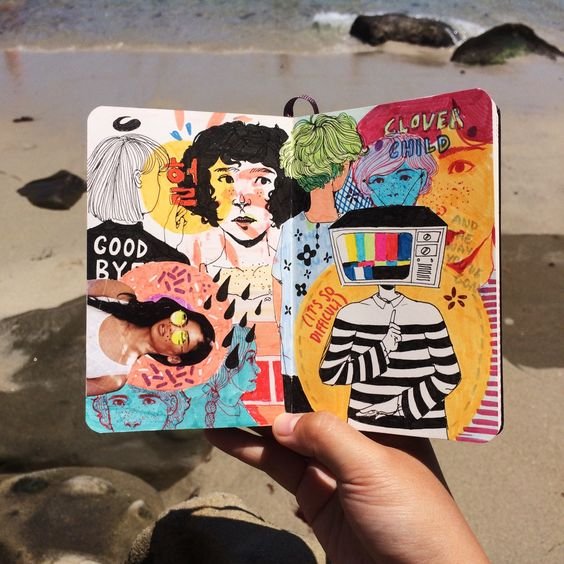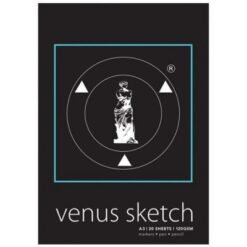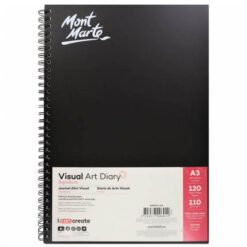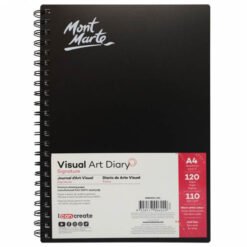No products in the basket.
Creative Mindset
Tips for keeping a sketchbook
In my previous post I spoke about the importance of keeping a sketchbook. Below are some great tips that have helped me over the years.
1. Carry it with you at all times
It is important to pry yourself away from technology. Switch off your phone and tablet and be present in the world. Now embrace pen and paper! Take a sketchbook everywhere with you.
If you don’t have it when you need it (when those ideas come knocking) it’s as if you don’t have it at all. So keep a small sketchbook handy when you’re out in the world. They make them in all shapes and sizes, and you’ll find one that can fit into your purse or your pants pocket.
If you happen to forget it and draw something on a receipt or a post-it, you can always stick it into your sketchbook.
My grandma Lillian always use to write little notes at the back of her cigarette packs. I still have some of these noting her new embroidery project she was planning.
2. Buy a cheap one
I used to buy these terribly expensive sketchbooks, Moleskine, bla bla bla. And then I stopped drawing. Yes, I stopped. I was feeling too precious about it and I didn’t want to ruin it.
Your sketchbook should be a fertile ground for a beautiful oops. A beautiful oops is a happy accident – an unforeseen, unplanned creative discovery. Your sketchbook needs to be a safe place for that.
So now I am back to nice and cheap one.
Get a sketchbook with a sturdy cover, but one you don’t mind if it scratches, if you spill your coffee on it or if your dog chews on it.
That said, make sure the paper is something that handles all the media you like to use. My favourite one is a Canson sketchbook with thin paper so it has over a hundred pages, yet it can handle watercolour fairly well and works great with ink. If you only use a pencil or ballpoint pen, then anything will work for you.
The most important thing is that you get a sketchbook that you will use without fear of ruining it.
3. Experiment with various mediums
You don’t just have to use your sketchbook for drawing – you can also write, collage, use mixed-media, record quotes and ideas, anything that inspires or speaks to you.
Here are some ideas of what you can do:
- Write/journal
- Glue notes, mementoes, travel tickets into it.
- Glue fabric samples, wallpaper off cuts, lace into it.
- Collage magazine cutouts and draw over them with markers
- Press flowers in it
- Use a scalpel to make a paper cut sculpture from one of the pages
- Create a pop-up page
Whatever you feel is the best way to note your idea, solve a problem or just plain have fun, do it. Sometimes a sketch will do, sometimes you will need a mixed media approach.
For some inspiration search for visual journals online on platforms such as Pinterest.
At the back of my journal I always paste an envelope. Inside this sleeve, I chuck cut outs that I would like to use later or simply just keep.
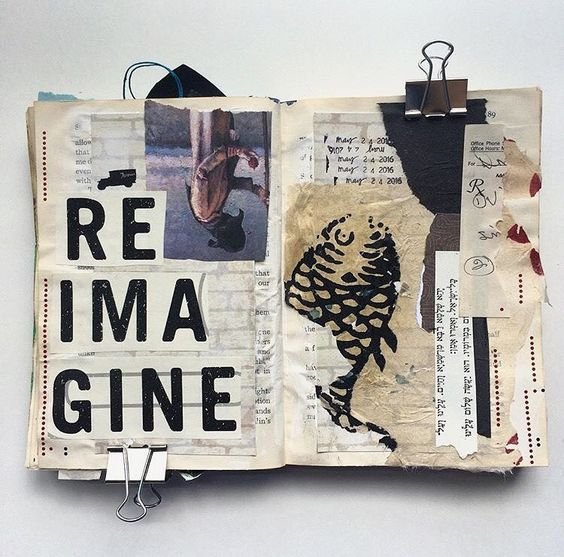
4. Add colour
Use colour, don’t just stick to black and white. Vary your approach to your sketchbook. This will help to open up new avenues of discovery. Try different colour combination.
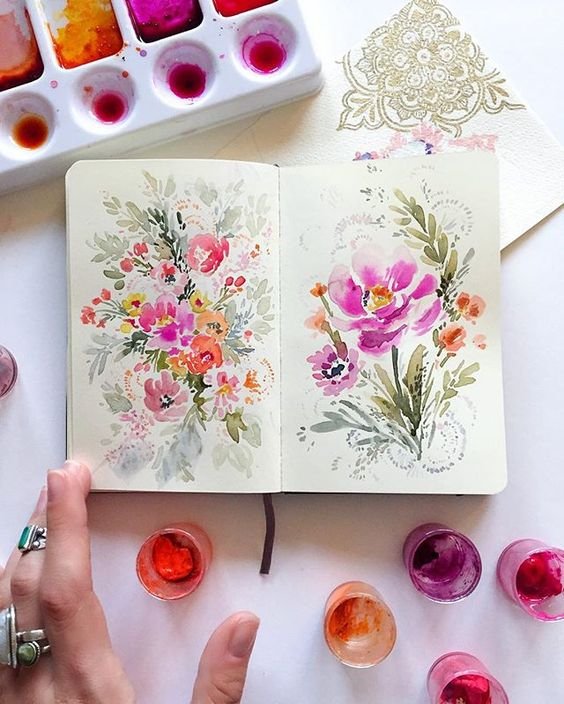
5. Fill up one page with many small drawings.
One page does not need to equal one sketch. Make lots of mini sketches on one page. Or cover a double page spread with one large image.

6. Randomly mark out pages ahead
Randomly mark up your pages ahead of time, so that you’re not facing completely blank white pages. Paint layers of colour on them, draw lines on them, punch holes in them with a hole puncher, anything to make them less precious and enable you to be free with what you draw and create.
Google a few sketchbook 30-day challenges so that you always have a topic to draw.
7. Date your sketches
Regardless if you are the sentimental type or not, date your sketches. It is a great way to keep a record of your progress as an artist as well as a visual diary.
Other Random things to try in your sketchbook
- Draw with your opposite hand.
- Doodle with your eyes closed
- Allow your hand to ‘draw by itself’ (Automatic Drawing)
- Contour Drawing
- Blind Contour Drawing
- Draw people sitting in coffee shops.
